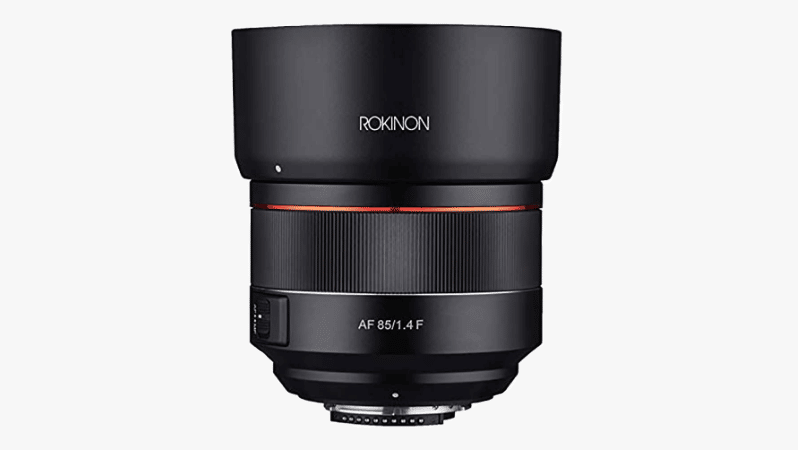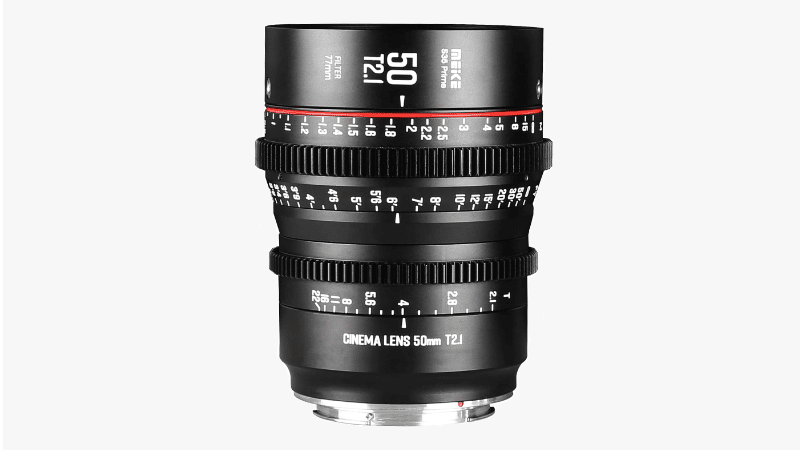It’s almost inevitable for experienced photographers and videographers to start experimenting with different gear at some point.
There may be some beginners that wish to play around with different lenses from the get-go, but saying that camera gear is complex would be a huge understatement.
Prime and telephoto lenses are among the most popular types, despite the fact that they’re substantially different.
You wouldn’t have to worry about these if you are using a point and shoot camera but if you are using a vlogging camera with interchangeable lenses that a lot of Youtubers and filmmakers do, then it opens the debate on which lens to buy.
If you’ve spent some time on the market searching for the best new lens but can’t decide between the two, you’ve come to the right place.
Do make sure to check out our reviews if you are in the market to buy a video lens:
In this article, I’ll cover the basics of prime and telephoto lenses, after which I’ll compare their main characteristics and ultimately decide which one is better for videography.
Without any further ado, let’s dive straight into it.
What Is a Prime Lens?
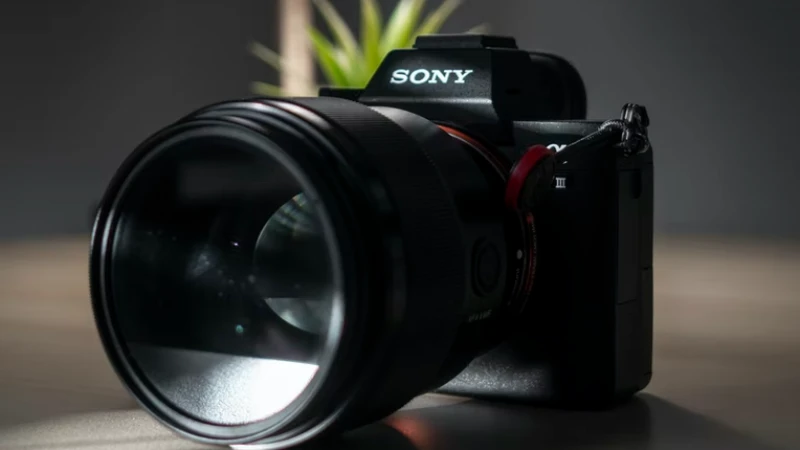
While I was researching videography equipment, I realized that so many articles about lenses fail to explain what a prime lens is in simple terms.
A prime lens has a fixed focal length, meaning that you can’t zoom in, and you can’t zoom out. Its main characteristic is a particularly wide aperture – the hole that lets the light in, which largely determines the depth of field and the focus.
Another important characteristic of a prime lens is how simple its design is in comparison to most other lens types. With a small number of moving parts and relatively straightforward construction, it’s both easy to use and easy to maintain.
What Is a Telephoto Lens?
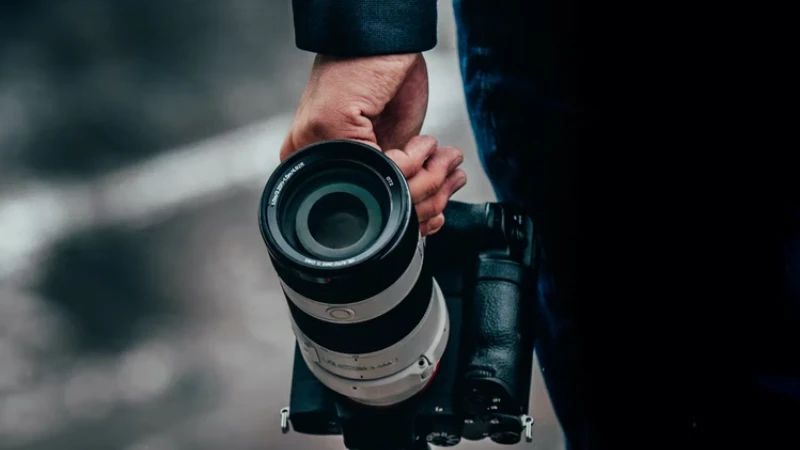
Some would say that telephoto lenses are polar opposites of prime lenses. Whenever you see far-away photos and videos that appear much closer than they actually are, the chances are that they’ve been captured by a camera with this type of lens.
The main element of a telephoto lens is its long reach provided by the built-in magnification (as opposed to prime lenses that have no magnification at all).
There are several sub-categories of telephoto lenses (depending on the film format), including short telephoto, medium telephoto, and super-telephoto lenses.
The construction of telephoto lenses is very complex, and they are quite often larger than the body of the camera they are attached to.
Prime vs Telephoto Lenses
Round 1: Practicality
In my opinion, a good lens needs to be easy to use and practical in all scenarios. If it’s too large, too heavy, or laden with tons of features you’ll probably never touch, it’s the very definition of an impractical lens. Prime lenses aren’t more practical than telephoto lenses by default, although they certainly have an edge over them.
Size and weight certainly play a big role, but they’re not as significant if we’re to compare a short telephoto lens, such as Rokinon’s F1.4 telephoto,
to a bulky prime lens, such as Meike’s S35.
It’s the lack of zoom on the side of prime lenses and the unavoidable built-in magnification on the side of telephoto lenses that affect their practicality, but I’ll get to that in a minute.
Using a telephoto lens requires you to position yourself in a specific way, whereas prime lenses can simply be aimed toward your target, and you can make a quality video right away.
Winner: Prime Lenses
Since comparing exceptions from the rule normally doesn’t yield objective results, I can safely conclude that prime lenses are more practical than telephoto lenses.
If you’re planning on capturing long-distance videos, you’ll definitely bring a telephoto lens, but in most other cases, you could use a prime lens.
Round 2: Versatility
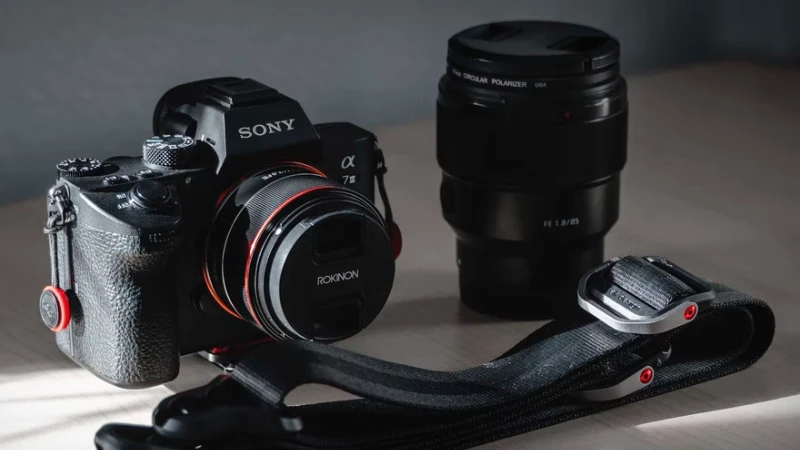
In a perfect world, all videographers possess knowledge about which lens should be used under which circumstances; all videographers understand how different lenses behave, and they are always prepared to get the shot.
Many videographers, however, get the best films at inopportune times. You may have forgotten your favorite lens at home, only to see the most beautiful sunset of your life that day. Some videographers track a certain animal for weeks, only to see it leave its hiding spot when an inappropriate lens is attached.
A versatile lens allows you to be ready for all scenarios. However, neither telephoto nor prime lens could fit that description.
Prime lenses can’t be zoomed in/out and have a preset field of view. You’ll get the same level of sharpness at all times, meaning that if you’re at the right place at the right time, you’ll get your perfect shot.
Telephoto lenses offer some of the finest zooming capabilities in comparison to other lens types; they excel at long-range videography, and with variable focal length, they could be efficiently used at mid-range too.
Winner: Telephoto Lenses
On paper, telephoto lenses cover a broader range of possibilities, but the main reason I believe they are more versatile than prime lenses is that you can adjust the focal length and zoom. You can also adjust the field of view and track targets that could barely be seen with the naked eye.
Round 3: Learning Curve
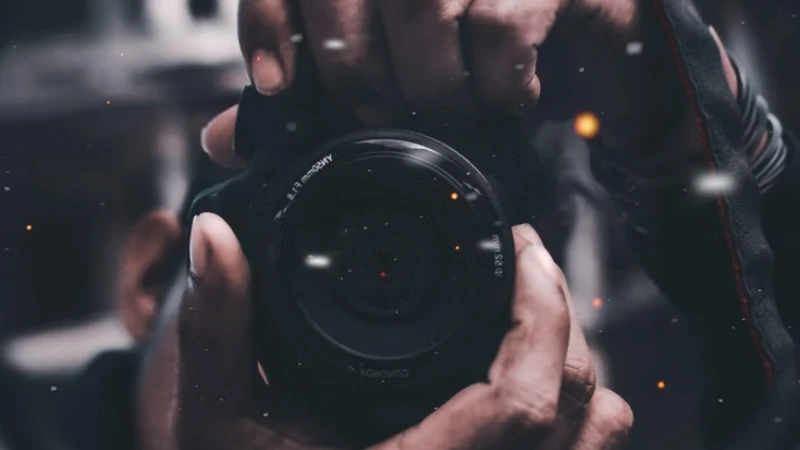
This section could’ve been dubbed ‘user-friendliness’, but I want to emphasize that not all lens types are as easy to master. If you’ve already spent a few years in videography, you probably won’t be bothered by how user-friendly a lens is, after all.
One of the criteria for this segment is how easy it is to integrate a particular lens into a pre-existing videography setup.
Most videographers are at least familiar with how each lens in their rig performs, meaning that they can guess how well they’ll fare with certain angles, lighting conditions, and distances.
With a prime lens, you basically get what you see. You don’t have to (or better said, can’t) tweak the sharpness, the zoom, or the field of view, meaning that it shouldn’t take you more than a couple of weeks to get a good idea of how the videos you take with it should look. Mastering a prime lens is quite plain and simple.
The learning curve of a telephoto lens is drastically steeper. First of all, they’re supposed to be used at longer distances and require a pair of stable hands to be even remotely effective at closer distances.
Secondly, you’ll need a bit of time to get accustomed to how sensitive the zoom is. You’ll also need to at least vaguely memorize how zooming affects the field of view when using a particular telephoto lens.
Winner: Prime Lens
If you’re a beginner in videography, I warmly recommend avoiding telephoto lenses until you’ve gained some experience with more intuitive types of lenses. Even skilled videographers would struggle to learn the ins and outs of certain telephoto lenses, so I think the prime lens is a clear winner here.
Round 4: Durability and Maintenance
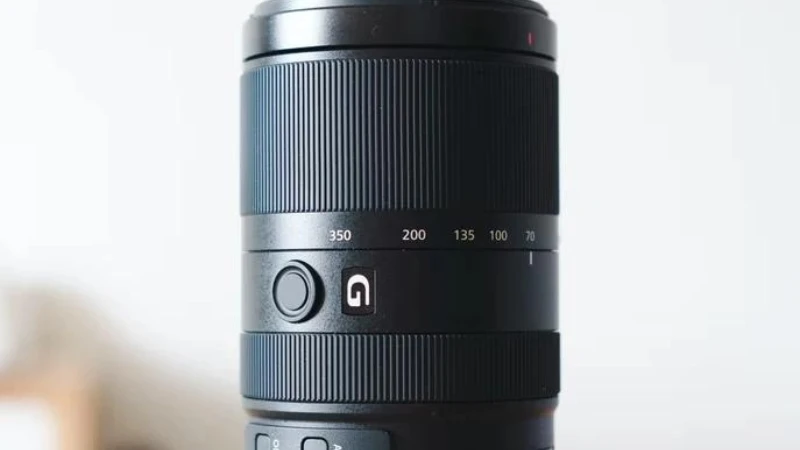
Although there are decent low-cost lenses to be found on the market, most videographers who demand quality shun them. If you’re paying hundreds of dollars on a piece of equipment that should supplement the performance of a camera (that probably costs at least half as much), you’d expect it to be at least durable enough to endure a year or two of frequent use.
Let me circle back to the design of prime and telephoto lenses – the former rock a relatively simple design while the latter sport a highly complex design comprised of a multitude of moving parts.
This basically means that you could get away with a flimsy prime lens while you’re almost guaranteed to have a telephoto lens break if you don’t maintain it regularly and take extra care when you handle it.
Given that prime lenses are also smaller and lighter, they’re far less likely to suffer critical damage should you accidentally drop or nick them. The same can’t be said about telephoto lenses, which should be carried in special cases with extra cushioning.
Winner: Prime Lens
In videography scenarios, you’ll often have to track your target and relocate at least a couple of times.
It’s not hard to imagine a situation where you could slip and fall by accident, dropping your camera on the ground, or worse yet, bumping it into a tree or rock. While only some telephoto lenses would survive the fall, many prime lenses would get away unscathed.
Round 5: Field of View
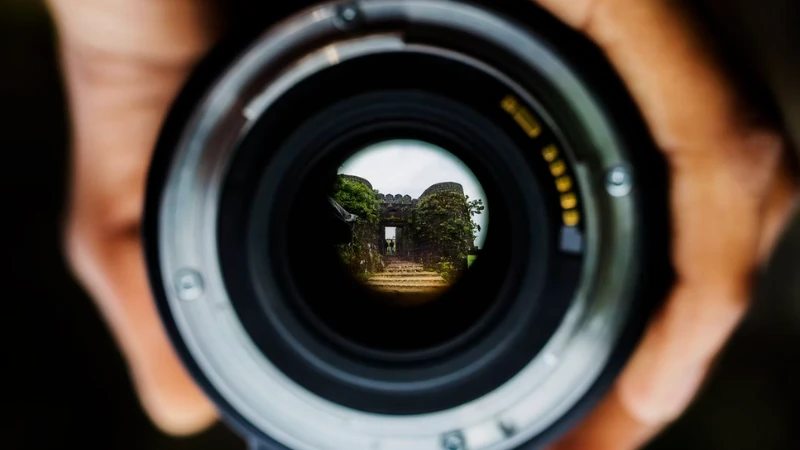
The importance of FOV is enormous but situational. For certain videographers, it doesn’t really matter whether the angle is wide or narrow, as they are already accustomed to how their lens works. Prime lens users know exactly what I’m talking about.
However, if you’re a wedding photo/videographer or work for a wildlife magazine, you’ll probably face many situations where you’ll need to make videos from and at different angles, close-up or from miles away; when flexibility is needed, telephoto lenses are almost mandatory.
Prime lenses have a fixed focal length, meaning that you’ll always get the same FOV. This is a benefit for people that want consistent results, as they can get accustomed to the same angles and rely on muscle memory and habits to guide their shots.
On the downside, this means that isolating target subjects is much harder and requires a great degree of skill. Under certain circumstances, it may be downright impossible.
The fixed FOV of prime lenses is great for capturing videos indoors, filming family moments, and such. Without any zooming, though, you’ll have to be pretty close if you want to make good quality films.
The variable focal length of telephoto lenses is quite a big benefit. You can zoom in or zoom out whenever you want, and you can make adjustments to the field of view pretty easily. However, the built-in zoom almost negates these benefits when filming close-distance targets is required.
Winner: Draw
There are a couple of reasons why I believe prime and telephoto lenses are evenly matched when it comes to FOV in videography.
Telephoto lenses offer increased sharpness and variable zoom; prime lenses allow you to cover more ground and subjects and fare much better at closer distances. They’re very different, but they excel in what they are supposed to do.
Round-up
After reading the sections above, you should have a clear understanding of what prime and telephoto lenses can do for you, and under which circumstances.
For the sake of convenience, I wanted to make a summary of their main differences and similarities:
- Practicality – there’s no need to perform any tweaks on a good prime lens. Simply point and click ‘record’.
- Versatility – although telephoto lenses may be better for long-distance videography, they work great at mid-range and could capture isolated subjects at somewhat close distances. Prime lenses offer minimal versatility.
- Learning Curve – it’s remarkably easy to integrate a prime lens of any kind into any videography setup. Telephoto lenses, on the other hand, require quite a bit of field testing.
- Durability & Maintenance – with a minimal number of moving parts and a petite frame, prime lenses may not be more durable per se, but they’re certainly not as prone to damage as telephoto lenses. They’re also far less demanding in terms of maintenance.
- Field of View – prime and telephoto lenses offer drastically different performances regarding FOV. Each is designed to accommodate a specific need.
Wrap Up
In all honesty, comparing prime to telephoto lenses can feel like comparing apples to oranges.
There are more differences than similarities between them, and they’re supposed to be used in different situations.
However, the prime lens type won more rounds and could be dubbed the victor of today’s match. It may not be more versatile, but it’s more practical, sturdier, and easier to use than telephoto lenses.
Ultimately, it’s up to you to decide which lens works for you
Photo Credit: Unsplash

